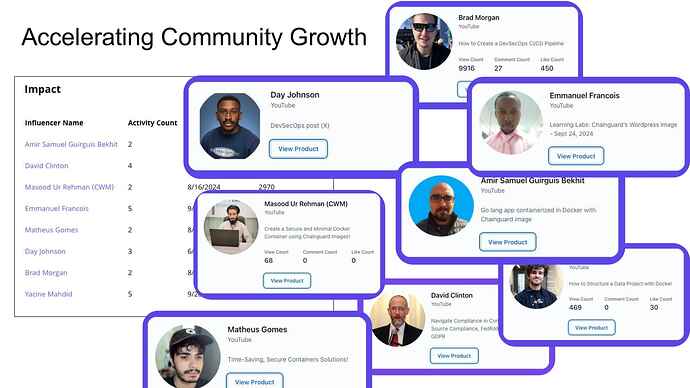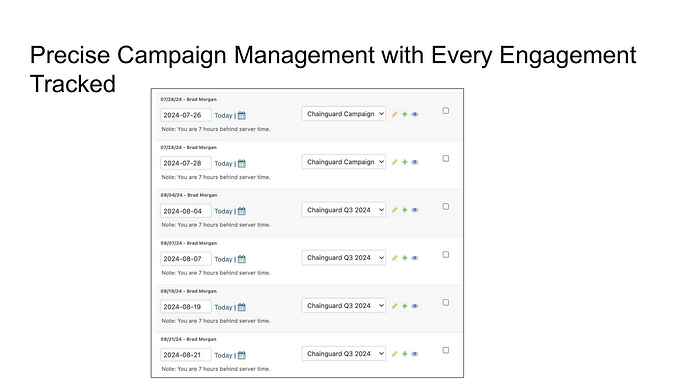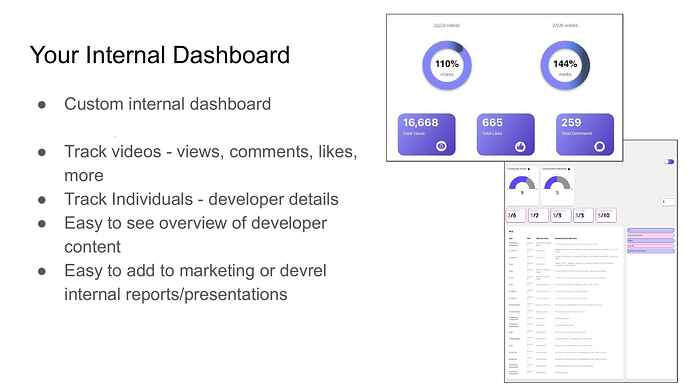Launching a new AI-powered software product is an exciting challenge. Beyond the technical capabilities of the product itself, success depends on engaging developers early, building a strong community, and providing high-value content that demonstrates its real-world applications.
For launching an AI product, developer-focused content plays a key role in establishing credibility, driving adoption, and ensuring that developers understand how the tool fits into their workflows.
But how do you build content when no one knows who you are?
Here’s how a strategic developer content plan can accelerate growth and adoption.
Why Developer Content Matters
Developers are naturally skeptical of marketing claims. They want to see a product in action, understand its benefits firsthand, and have access to resources that help them integrate it into their existing toolchains.
Effective content should provide:
- Hands-on technical tutorials – Step-by-step guides showing how to use the product effectively.
- Real-world use cases – Demonstrations of how the tool improves efficiency, security, and compliance.
- Community-driven engagement – Discussions, feedback, and contributions from developers.
Rather than traditional promotional materials, the focus should be on practical, technical content that helps developers learn and solve problems.
Four Key Areas of Developer Content
To attract and engage developers, content should address the most pressing challenges for developers using your AI product. Three possible key areas of focus include:
1. Learning Best Practices
Many developers, whether working solo or within teams, lack exposure to industry best practices for enterprise-grade software development. By providing content that teaches collaboration techniques, version control strategies, and automation workflows, the AI product can position itself as an essential tool for modern software teams.
2. Understanding Compliance Standards
Regulatory compliance is becoming increasingly important for software teams, yet many developers are unfamiliar with the requirements. Content that explains compliance frameworks (such as CCPA or GDPR) and demonstrates how to implement them can be highly valuable. Developers who gain this knowledge can also enhance their resumes with relevant compliance experience.
3. Improving Security
Security vulnerabilities often arise from misconfigurations and human errors. Educational content focused on security best practices, automated security checks, and threat mitigation strategies can help developers build more secure applications with minimal overhead.
The Power of Developer Video Content
One of the most effective ways to engage developers is through video tutorials and technical walkthroughs. A strong video content strategy should include:
- Step-by-step coding demonstrations
- Case studies showcasing real-world impact
- Interviews with experienced developers
- Live Q&A sessions and webinars
Video content development, managed by Oppkey, has proven to be highly effective in past developer marketing efforts, generating thousands of views, likes, and discussions across platforms like YouTube, LinkedIn, and developer-focused communities.
Managing Developer Outreach and Content Creation
A well-structured content strategy requires:
- Identifying key developer audiences – Using analysis tools to find developers who are already producing high-quality technical content.
- Personalized outreach – Sending 100-150 targeted emails per month to developers who are a good fit for content partnerships.
- Content collaboration – Working with developers to produce tutorials, product reviews, and case studies.
- Engagement tracking – Using internal dashboards to monitor content performance, feedback, and adoption trends.
Beyond Content: Building a Developer Relations Program
In addition to producing technical content, a developer relations (DevRel) program can further enhance engagement by:
- Contributing to open-source projects – Encouraging developers to integrate and test the AI product.
- Hosting events and hackathons – Creating opportunities for developers to experiment and provide feedback.
- Gathering insights for product development – Ensuring that developer feedback informs future improvements.
A structured approach to developer relations helps create usable content that leads to long-term adoption.
Conclusion
Launching a new AI product requires more than just a great technology—it demands a scalable developer engagement strategy. By focusing on high-value technical content, targeted outreach, and community-driven engagement, your AI product can establish itself as a trusted resource for developers and drive long-term adoption.
With a strategic approach to developer content, your product launch can build momentum, attract engaged users, and set the foundation for sustained growth in the developer ecosystem.


